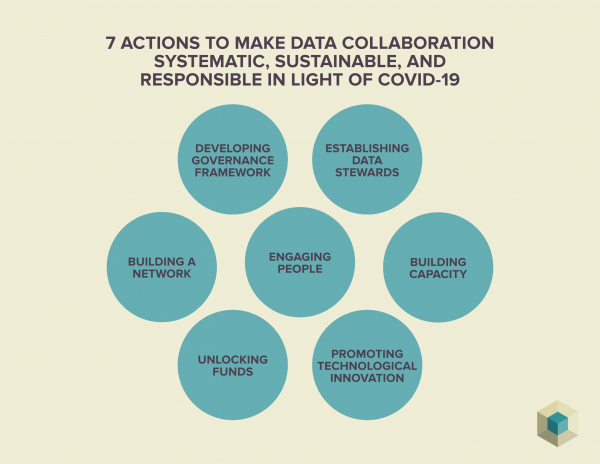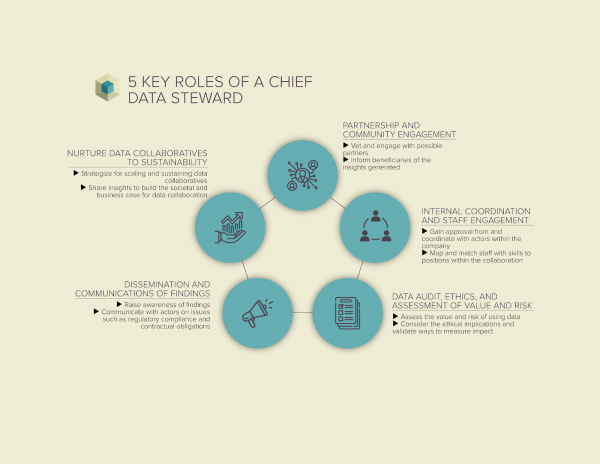Mark Scott, Laurens Cerulus and Laura Kayali at Politico: “The European Commission on Monday urged Europe’s telecoms giants including Deutsche Telekom and Orange to share reams of people’s mobile data from across the region to help predict the spread of the coronavirus.
In a conference call with telecoms executives, Thierry Breton, Europe’s internal market commissioner, called on the companies to hand over anonymized and aggregated data from people’s mobile phones to track how the virus was spreading, according to three people with direct knowledge of the matter who spoke on the condition of anonymity because they were not authorized to speak publicly.
The draft plans would allow the Commission — and not the carriers — to manage how the data was used, and give EU officials control over so-called metadata on hundreds of millions of people’s mobile phones. That represents a significant step for Brussels as it would make the EU executive liable for any hefty fines if the digital information was hacked or misused.
Speaking to POLITICO, Breton confirmed the request to carriers, adding that the Commission needed such aggregated metadata to track the spread of the virus and determine where people’s need for medical supplies was the most pressing.
“We will select one big operator by country,” Breton said. “We want to be very fast and follow this on a daily basis.”
The Commission insisted the operation would respect the bloc’s privacy rules, known as the General Data Protection Regulation, and e-privacy legislation. The European Data Protection Supervisor would also be involved, the EU executive added. ..
In recent weeks, mobile operators have started to share anonymized data with EU governments in response to the spread of COVID-19. Carriers involved in the discussions with the Commission said Breton’s request would likely include providing the same type of data, and would have to respect the region’s tough privacy rules….
By aiming to pool large amounts of European mobile data, the Commission is following in the footsteps of national agencies, many of which are already working with carriers to track the spread of the virus through such anonymized digital information.
In Norway, local researchers saw a 60 percent decline in people traveling between cities after a countrywide lockdown was introduced — figures that were taken from people’s mobile phone data provided by Telenor, the national carrier.
Yet as the crisis has continued, countries such as Spain and Poland have gone a step further by creating smartphone apps, which offer an even greater ability to track and monitor people’s movements compared to anonymized mobile data. In the U.K., an app is in the works but has not yet launched….(More)”.



